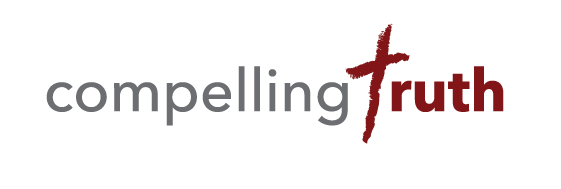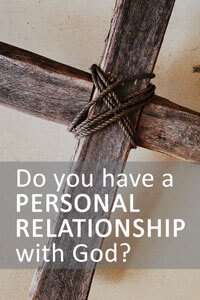What happens in a papal conclave?
The papal conclave is how the Roman Catholic Church agrees on a new pope. "Pope" is Latin for "papa," and is used as a nickname for the more formal "Bishop of Rome". As with many other institutions, the Roman Catholic Church chooses its leader by a vote of the senior-most members of the organization, originally a combination of clergy and lay leaders. Due to the political interference experienced during the first half of the church's history, the office often went vacant for years at a time while consensus on who would be pope was being reached. In other cases, groups elected different popes, or anti-popes. The papal conclave method helps protect against interference.Conclave Development
The papal conclave was developed over many centuries to limit the issues inherent in papal succession. In 1059, the electoral body was limited to the College of Cardinals, or the group of all cardinals in the church. This helped some, but in 1274, Pope Gregory X found it necessary to enact further restrictions. To prevent lengthy deadlocks, he decreed that the bishops would be under lock in a secluded conclave in the Sistine Chapel—"conclave" comes from the Latin cum clave, or "with key"—until they had agreed upon a successor. In 1970, Pope Paul VI restricted the electoral body to those under 80 years old. In addition, two-thirds of the conclave's vote is required to elect a new pope.
Current papal conclaves are regulated by Pope John Paul II's Universi Dominici Gregis. It covers the responsibilities of the College of Cardinals during the papal vacancy, the funeral arrangements of the deceased pope, a description of who is eligible to determine the next pope, and the procedures for doing so. Subsequent popes have made minor changes since the 2007 Universi Dominici Gregis. The Cardinals are housed in a dormitory-style building separate from the Sistine Chapel, and both the timing of the conclave and the procedures for the coronation of the new pope are more flexible. Additionally, any non-cardinal who reveals what has happened in the conclave may be excommunicated.
Rough outline of events
The area is swept for bugs.
Sermon outside the conclave relating the current situation of the Church and the necessary characteristics of the incoming pope.
Gathering in St Peter's Basilica for the Eucharist.
Gathering in the Pauline Chapel to proceed to the Sistine Chapel.
Oath of integrity, secrecy, and vow to abide by standards for conclave.
Expulsion of outsiders and closing of the doors. (Those allowed in the area are the electing cardinals, nurses for infirm cardinals, two doctors, housekeeping, multi-lingual priests for confession, and assistants for the proceedings.)
Sermon inside the Sistine Chapel on the same topics as the first.
Further explanation and clarification of procedures.
Voting
Nine cardinals are chosen to collect and count the ballots and administer an oath to the voters. There is one vote held the first day and four every subsequent day. After three days, a day of prayer may be taken. This day of prayer may be repeated every seven votes twice more. The third time, prayer is supplemented with dialogue, and subsequent ballots contain only the top two names. As each cardinal votes, he vows that his ballot contains the name of the man he wishes to be pope—a time-saving tactic to prevent "courtesy votes." The ballots are burned after they are counted and recorded; chemicals color the smoke dark if the overall vote is not decisive and white if it is.
Coronation
Once the vote is decisive, the pope-elect is asked if he wants the position. Candidates need not be a bishop; they can be any baptized male Catholic. If the pope-elect is not a bishop, he will be consecrated as a bishop before he takes the papacy. He then chooses a name, often the name of a previous pope he wishes to emulate. He is taken to the "Room of Tears" where he takes on his vestments, and is presented at the balcony of St. Peter's Basilica to the crowd waiting at St. Peter's Square.
The papacy is a lifetime appointment. The vast majority of popes die in their position. Pope Benedict XVI, who stepped down in 2013 due to poor health, was the first pope to resign since Gregory XII in 1415.
Legitimacy of the conclave
There is nothing particularly unbiblical about the papal conclave because the office of Pope itself is not biblical. Roman Catholics believe the Bishop of Rome follows a direct succession from the Apostle Peter. While there is enough ambiguity over Jesus' statement in Matthew 16:18 that He could have meant Peter would be the foundation for the church, it does not follow that Peter was a bishop of Rome or that the Roman Catholic claims are valid. Jesus was and always is the head of the church. The papal conclave is an interesting spectacle, but it does not identify God's choice for the head of His church on earth.
Is the Antichrist the current Pope, or a future Pope?
What are the Catholic Apocrypha / Deuterocanonical books?
Is the concept of purgatory biblical?
What does the Bible say about Christian saints? What are saints?
How is Jesus our High Priest?
Truth about Religion






